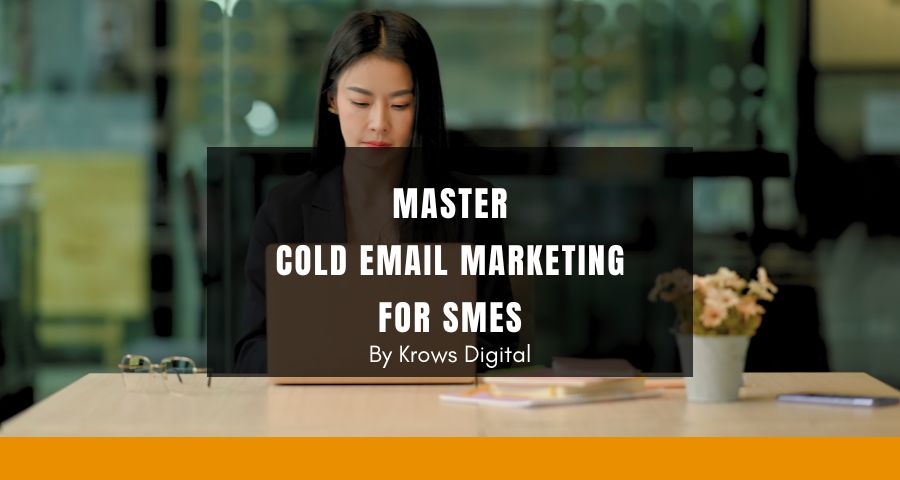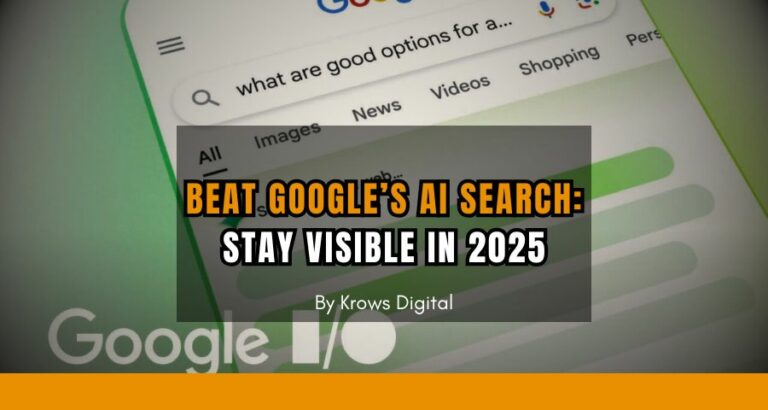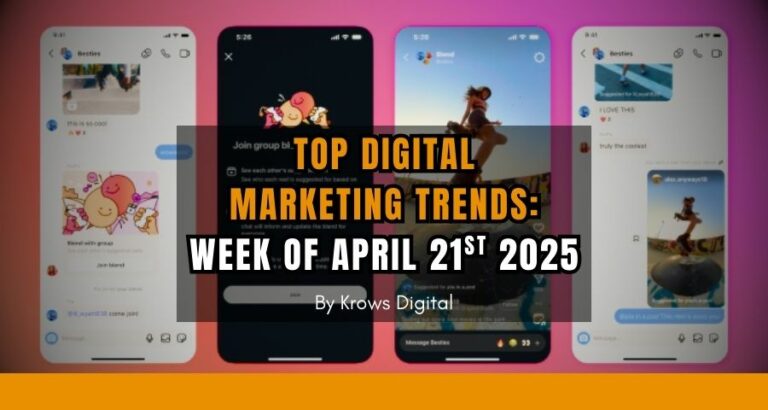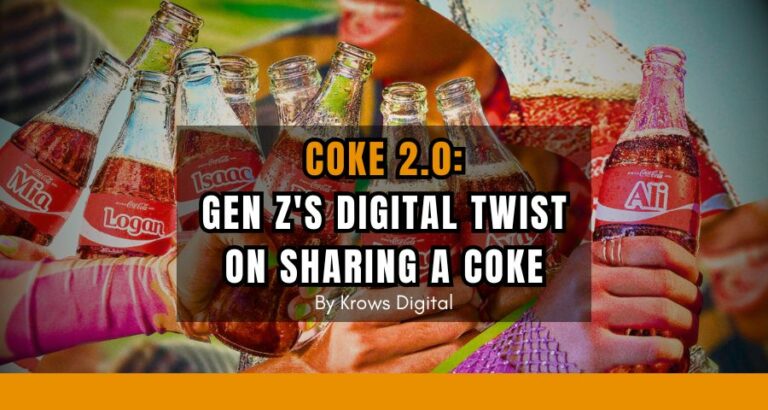Cold email marketing is akin to a digital cold call, but much less intrusive, offering a platform to communicate directly with prospective customers who might not be familiar with your business. For SMEs, this approach is a golden opportunity to introduce themselves to potential clients, showcase their value proposition, and foster relationships that could lead to substantial growth.
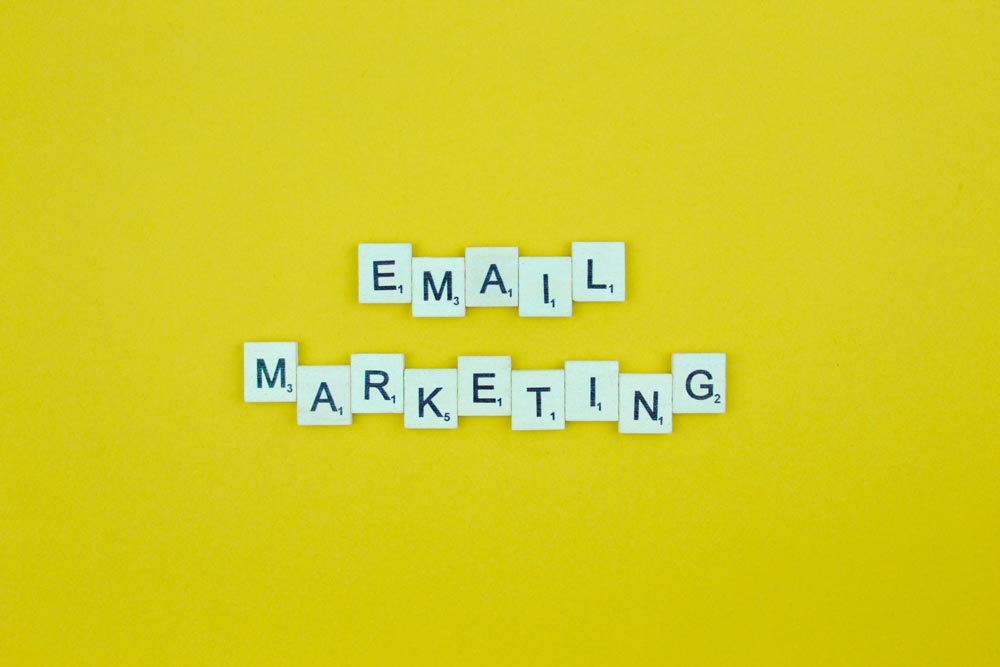
Defining Cold Email Marketing
Cold emailing involves sending unsolicited emails to recipients who have not previously interacted with your brand. Despite its cold moniker, the essence of these emails is anything but. With the right approach, they can warm up leads, paving the way for fruitful interactions.
Importance for SMEs
For SMEs, cold email marketing is a cost-effective strategy to reach a wider audience. It allows businesses to target specific demographics with precision, ensuring that their message is heard by the right people.

Crafting Your First Cold Email
Creating a compelling cold email is an art. It starts with understanding your audience, refining your message, and presenting it in a way that resonates with the recipient.
Understanding Your Audience
Knowing your audience is the foundation of any successful marketing campaign. It involves researching your target market's needs, preferences, and pain points, which guide the tone and content of your emails.
Writing a Captivating Subject Line
The subject line is your first impression. It should be enticing enough to prompt the recipient to open the email but also clear and honest about the email's content.
Composing the Email Body: Tips and Strategies
The body of your cold email should be concise, focused, and value-packed. It's about sparking interest, not overwhelming the reader with too much information upfront.
Compliance and Best Practices
Adhering to legal standards and ethical practices is crucial in cold email marketing. It not only ensures your emails are welcomed but also helps in building a reputable brand image.

Legal Considerations: GDPR and CAN-SPAM
Familiarizing yourself with regulations like GDPR in Europe and the CAN-SPAM Act in the US is essential to ensure your cold emailing practices are compliant and respectful of recipient preferences.
Ethical Guidelines for Cold Emailing
Beyond legal requirements, following ethical guidelines—such as providing a clear way to opt-out and ensuring your email content is relevant and valuable—can significantly enhance your campaign's effectiveness.
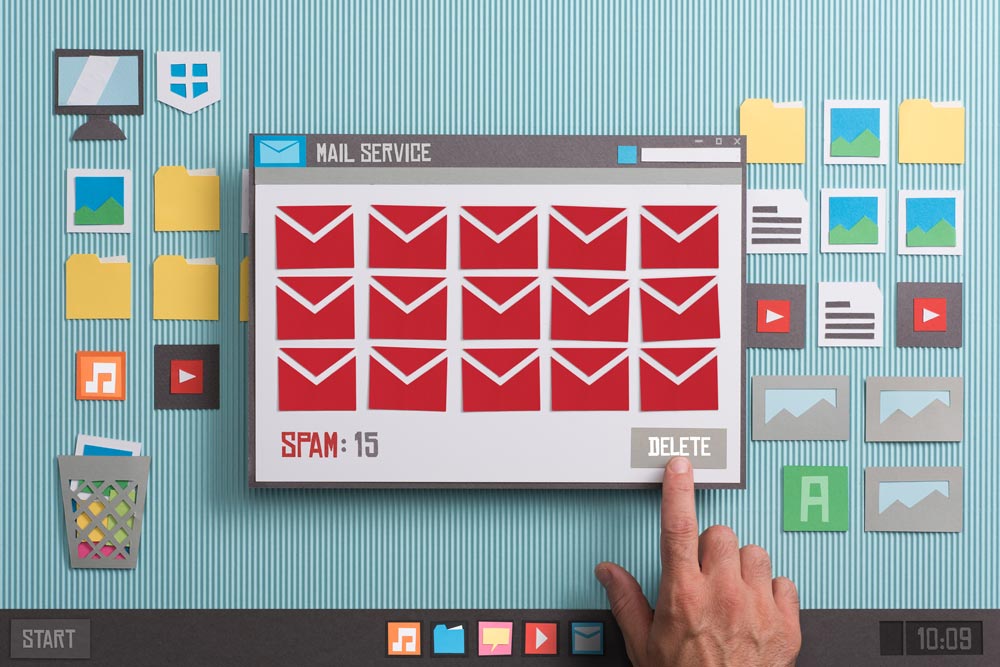
Enhancing Open Rates and Engagement
Getting your emails opened and read is the first hurdle. Personalizing your emails and crafting compelling follow-up strategies can dramatically improve engagement rates.
Personalization Techniques
Personalization goes beyond addressing the recipient by name. It involves tailoring the content to meet their specific needs and interests, making each email feel like it was written just for them.

Follow-Up Strategies
A well-timed follow-up can be the nudge a prospect needs to take action. It's about reminding them of your initial message and reinforcing the value you offer.
Measuring Success in Cold Email Marketing
Understanding how to measure the success of your cold email campaigns is crucial for continuous improvement. Tracking key performance indicators (KPIs) and analyzing campaign data can provide insights into what works and what doesn't.
Key Performance Indicators (KPIs)
KPIs such as open rates, click-through rates, and conversion rates are vital metrics that help gauge the effectiveness of your cold email campaigns.
Analyzing and Optimizing Campaigns
Regularly reviewing your campaign performance and optimizing based on data-driven insights can significantly improve your success rates over time.
Advanced Tactics for SMEs
To elevate your cold email marketing efforts, incorporating advanced tactics like segmenting your email list and employing A/B testing can lead to better targeting and higher conversion rates.

Segmenting Your Email List
Segmentation involves dividing your email list into smaller groups based on specific criteria, such as industry, job role, or behavior. This allows for more targeted and relevant email campaigns.
A/B Testing for Cold Email Campaigns
A/B testing, or split testing, involves sending two slightly different versions of an email to see which performs better. This method is invaluable for optimizing subject lines, calls to action, and content.
Overcoming Common Challenges
Cold email marketing is not without its challenges. Addressing issues like low engagement rates and managing email deliverability are part of refining your strategy.
Dealing with Low Engagement Rates
Improving engagement starts with reassessing your target audience, email content, and sending times. Sometimes, a small tweak can lead to significant improvements.
Managing Email Deliverability Issues
Ensuring your emails reach the inbox and not the spam folder involves maintaining a clean email list, optimizing email content, and following best email practices.
Cold Email Marketing for Small and Medium Enterprises
In the fast-paced world of digital marketing, small and medium enterprises (SMEs) face the unique challenge of establishing a strong presence amidst stiff competition with limited resources. Cold email marketing emerges as a beacon of hope, offering a direct and personalized path to potential customers' inboxes. However, the essence of cold emailing goes beyond merely sending out emails; it's about building relationships and trust with prospects who may have never heard of your business before.
For SMEs, the approach to cold email marketing must be strategic and tailored to their specific industry, target audience, and business goals. This means going beyond generic messages and adopting a more personalized, value-driven approach. Understanding the pain points, interests, and needs of your target audience can transform a cold email from an unwanted intrusion to a welcomed resource. It's about offering solutions, insights, and value upfront, positioning your SME as a helpful and knowledgeable partner rather than just another business vying for attention.
Effective cold email marketing for SMEs also hinges on respecting the recipient's time and inbox. This involves crafting concise, compelling emails that communicate your message clearly and respectfully. The subject line, arguably the most critical component of your cold email, should pique interest without misleading the recipient. It's the first step in ensuring your email is opened and read, rather than being relegated to the spam folder.
Moreover, SMEs must navigate the delicate balance of persistence and respect in their cold email outreach. While follow-ups can be instrumental in securing a response, they must be timed and executed in a way that respects the recipient's decision and privacy. A well-planned sequence of emails, each providing additional value and gently nudging towards a call to action, can be effective without being intrusive.
Incorporating cold email marketing into an SME's overall marketing strategy requires careful planning, execution, and ongoing optimization. By focusing on delivering value, personalization, and respect for the recipient, SMEs can leverage cold email marketing to foster new relationships, explore untapped markets, and drive sustainable growth. It's not just about selling a product or service; it's about starting meaningful conversations that could lead to long-term partnerships and success.

FAQs on Cold Email Marketing for SMEs
What is cold email marketing, and how does it work?
Cold email marketing involves sending promotional or informational messages to potential customers who have had no prior contact with the sender. It's a strategy used to reach out to prospects by introducing your business, services, or products, aiming to establish a connection and encourage a business relationship.
How can I ensure my cold emails don't end up in the spam folder?
To avoid the spam folder, ensure your emails comply with anti-spam laws like CAN-SPAM and GDPR. Use a reputable email service provider, maintain a clean mailing list, and avoid using spam trigger words in your emails. Personalizing your emails and obtaining permission to send emails can also improve deliverability.
Is cold email marketing effective for SMEs?
Yes, when executed correctly, cold email marketing can be highly effective for SMEs. It allows businesses to reach a broad audience at a low cost, compared to traditional marketing channels. With targeted messaging and proper segmentation, SMEs can achieve significant engagement and conversion rates.
How often should I follow up on a cold email?
The frequency of follow-ups should be balanced to avoid being perceived as spammy. A common practice is to send a follow-up email 3-7 days after the initial email if there's no response. You can send up to 2-3 follow-up emails, each providing additional value or a different angle on your offer.
What should I include in a cold email?
Your cold email should include a personalized greeting, a brief introduction of yourself and your business, a clear value proposition that addresses the recipient's needs or challenges, a compelling call to action, and a polite sign-off. Keep it concise, relevant, and focused on the recipient rather than your business.
How can I personalize my cold emails?
Personalization goes beyond using the recipient's name. Research your prospects to understand their business, role, challenges, and interests. Tailor your message to reflect how your offering specifically addresses their needs or adds value to their business. Mentioning specific details related to their industry or recent achievements can also add a personal touch.
Can cold email marketing help in building my brand?
Absolutely. Cold email marketing not only aims to generate leads but also helps in building brand awareness. By consistently providing value through your emails, you establish your brand as a thought leader and a trustworthy source of information. This long-term strategy helps in building a positive brand reputation among your target audience.
What metrics should I track to measure the success of my cold email campaigns?
Key metrics to track include open rates, click-through rates, response rates, and conversion rates. These metrics provide insights into how well your emails are performing in terms of engagement and achieving your desired outcomes. Additionally, tracking the overall ROI of your campaigns can help in evaluating their effectiveness in contributing to your business goals.
Conclusion: The Future of Cold Email for SMEs
Cold email marketing continues to be a valuable strategy for SMEs looking to expand their reach and connect with new customers. By adopting best practices, staying compliant with regulations, and continuously optimizing their approach, SMEs can leverage cold email marketing to drive growth and build lasting customer relationships.
We do create amazing emails for your customers, don't hesitate to contact us to know more!

